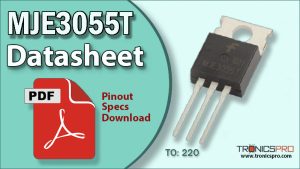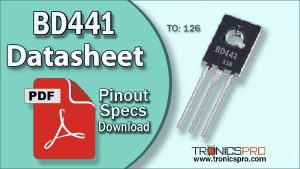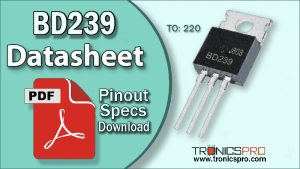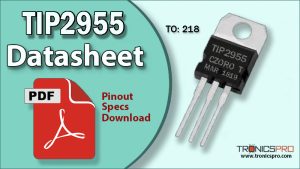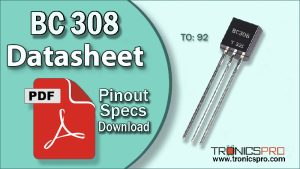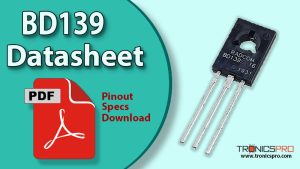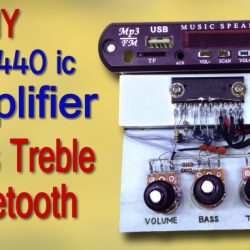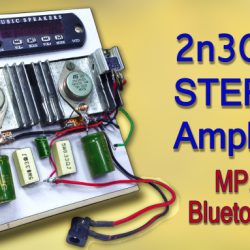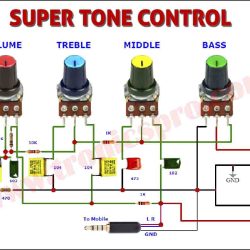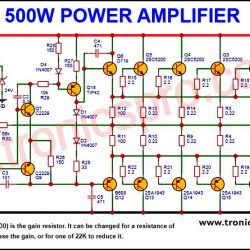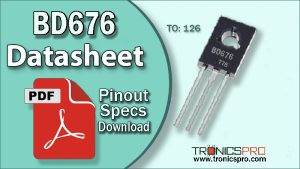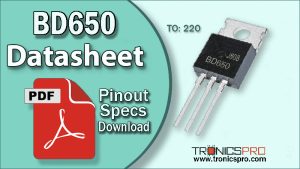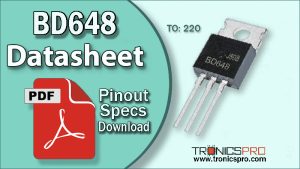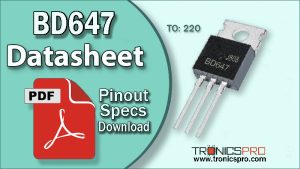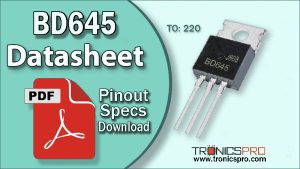Introduction
The BD436 is a PNP epitaxial-base medium-power silicon transistor engineered for linear amplification and switching applications. It is part of the same transistor family as BD434 and BD438, and is designed to be the PNP complement to NPN devices such as BD435.

Housed in the TO-126 (JEDEC SOT-32) plastic package, BD436 offers a compact footprint while accommodating moderate thermal dissipation when properly heatsunk. Its design balances current, voltage, and gain for use in audio, driver, and general power circuits.
BD436 PNP Transistor

Engineers commonly use BD436 in push-pull amplifier output stages, complementary driver pairs, and PNP switching circuits requiring matched behavior with NPN complements. Its moderate power and voltage ratings suit many analog and switching designs where reliable PNP operation is needed.
Pinout of BD436

Key Features
- PNP polarity suitable for high-side or negative conduction segments
- Matched for complementary operation with BD433 / BD435
- Plastic TO-126 package for compact mounting and heatsink compatibility
- Designed for both switching and linear amplifier roles
- Robust thermal stability under rated conditions
- Balanced gain and saturation behavior for symmetric amplifier design
Specifications/Characteristics
- Collector-Base Breakdown Voltage, VCBO = –32 V
- Collector-Emitter Breakdown Voltage, VCEO = –32 V
- Collector-Emitter Sustaining Voltage, VCE(sus) = –32 V (IC = –100 mA, IB = 0)
- Emitter-Base Breakdown Voltage, VEBO = –5 V
- Collector Current, Continuous IC = –4 A
- Collector Current, Peak (Pulse) ICM = –7 A
- Base Current, IB = –1 A
- Collector Power Dissipation, PC = 36 W (at case temperature = 25 °C)
- DC Current Gain, hFE = 30 (at VCE = –5 V, IC = –10 mA)
- DC Current Gain, hFE = 85 (at VCE = –1 V, IC = –500 mA)
- Collector-Emitter Saturation Voltage, VCE(sat) = –0.5 V (IC = –2 A, IB = –0.2 A)
- Base-Emitter On Voltage, VBE(on) = –1.1 V (at IC = –2 A, VCE = –1 V)
- Transition Frequency, fT = 3 MHz
Pin Configuration
| Pin# | Pin Name | Pin Description |
|---|---|---|
| 1 | Emitter | Current source / output terminal (PNP side) |
| 2 | Collector | Main current sink / input terminal |
| 3 | Base | Control / drive (bias) terminal |
Comparison BD436 (PNP) vs BD435 (NPN Complementary)
- BD436 is a PNP transistor designed to handle negative conduction and complement BD435 in push-pull or symmetric amplifier circuits. It carries similar current and power ratings but with reversed polarity.
- BD435 is the NPN counterpart, conducting for positive half cycles or the low side in complementary stages. It is specified with identical magnitude ratings (32 V, 4 A, 36 W) but as an NPN device.
- Together, BD436 and BD435 are engineered to work in tandem offering matched gain, saturation behavior, and thermal characteristics, so that amplifier or switching circuits can deliver symmetrical performance across both polarities.
More Circuit Layouts
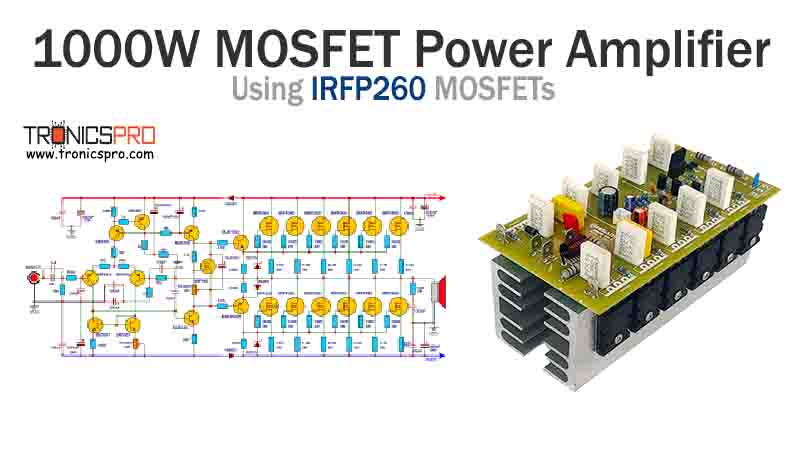
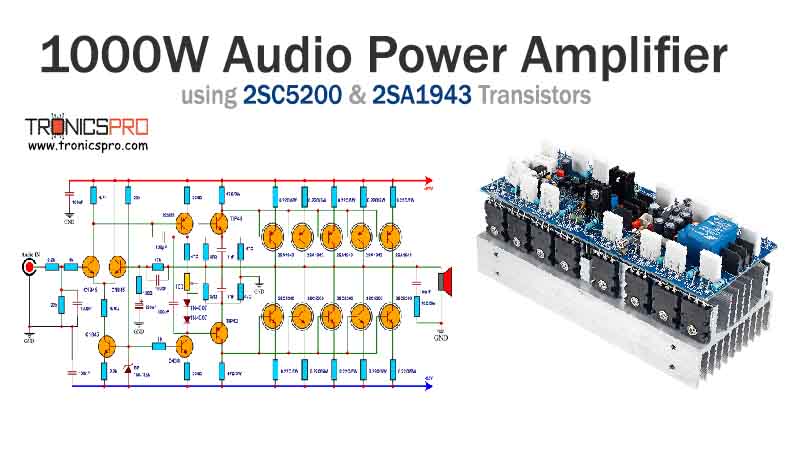
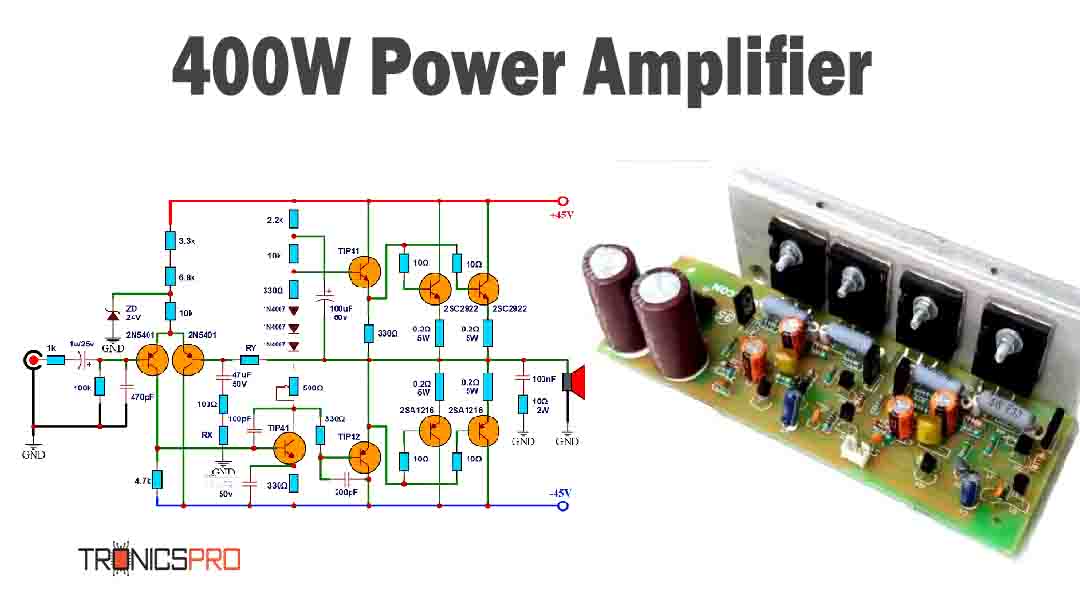
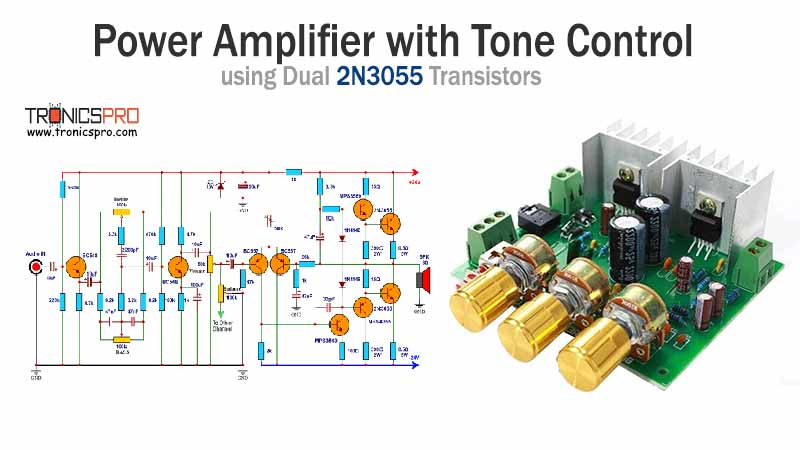
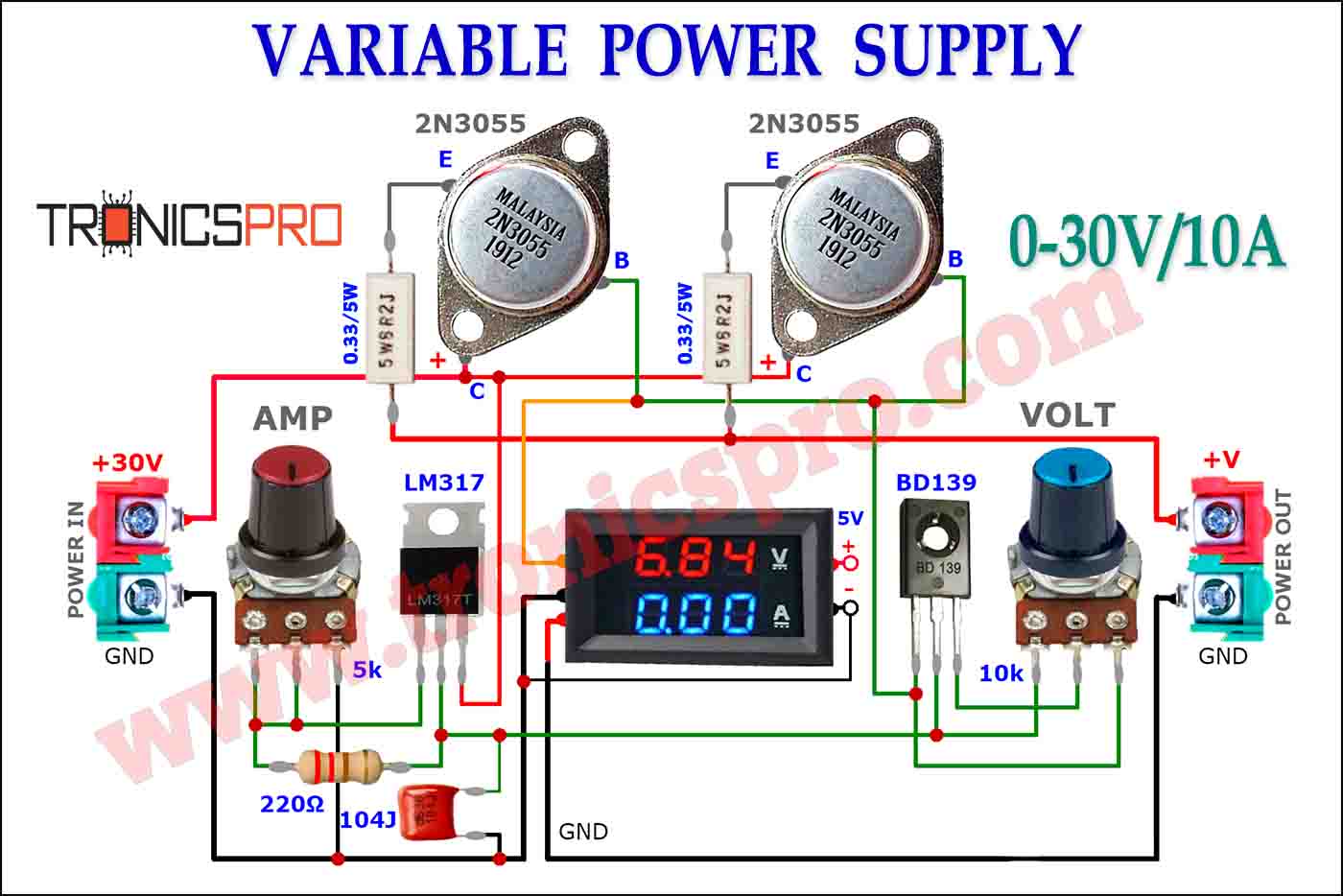
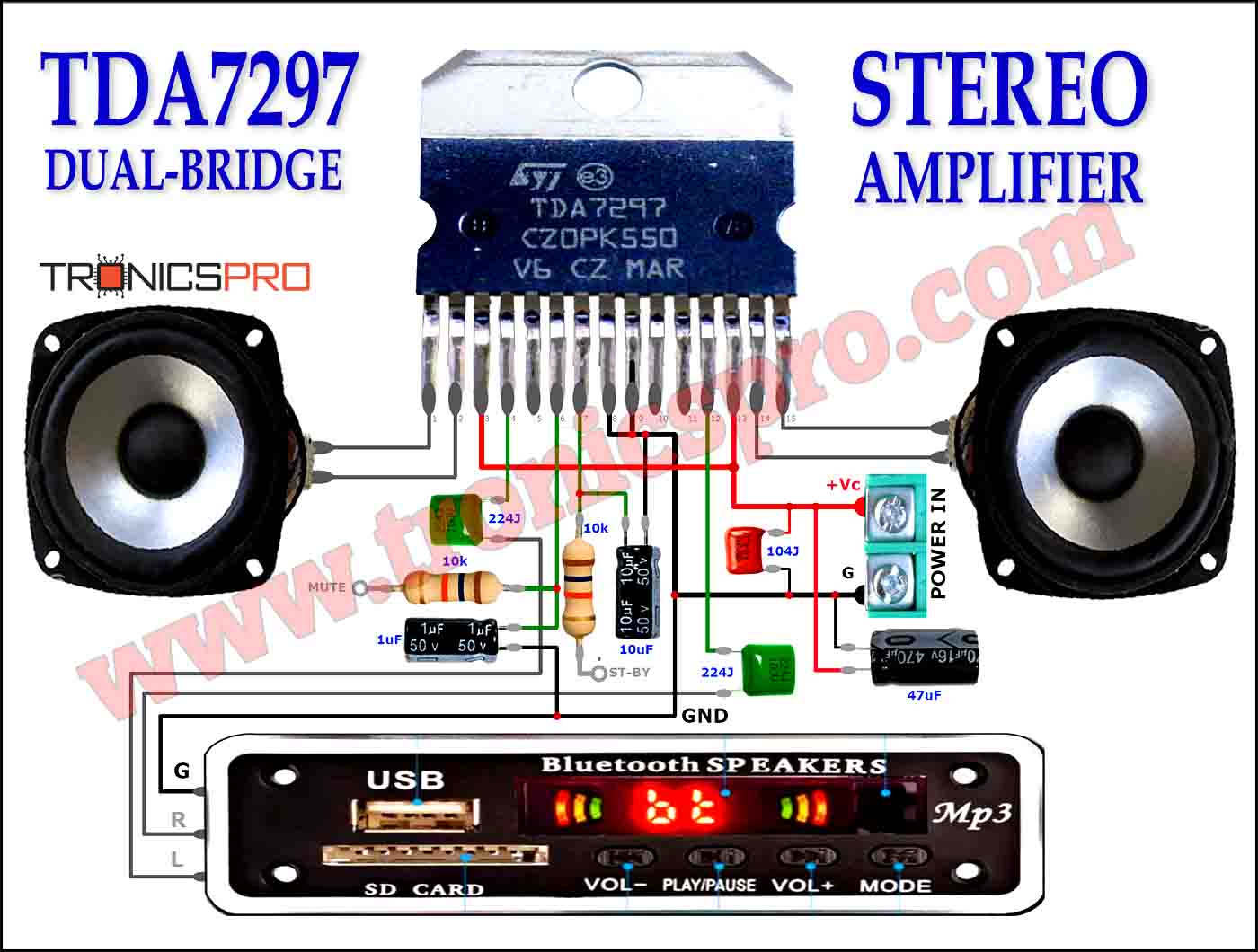
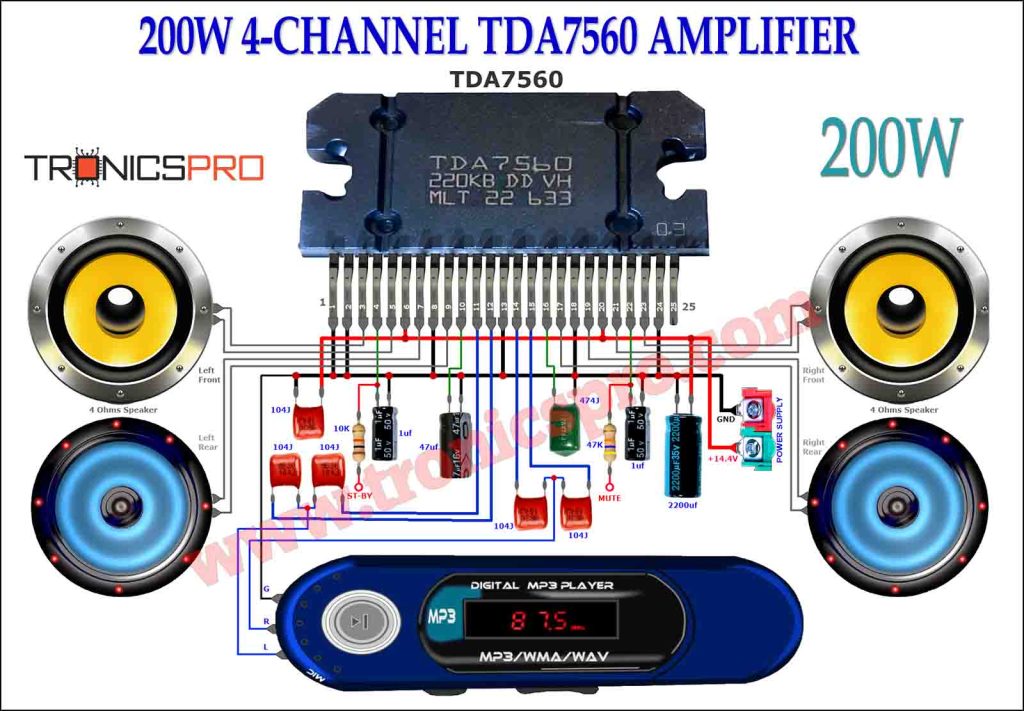
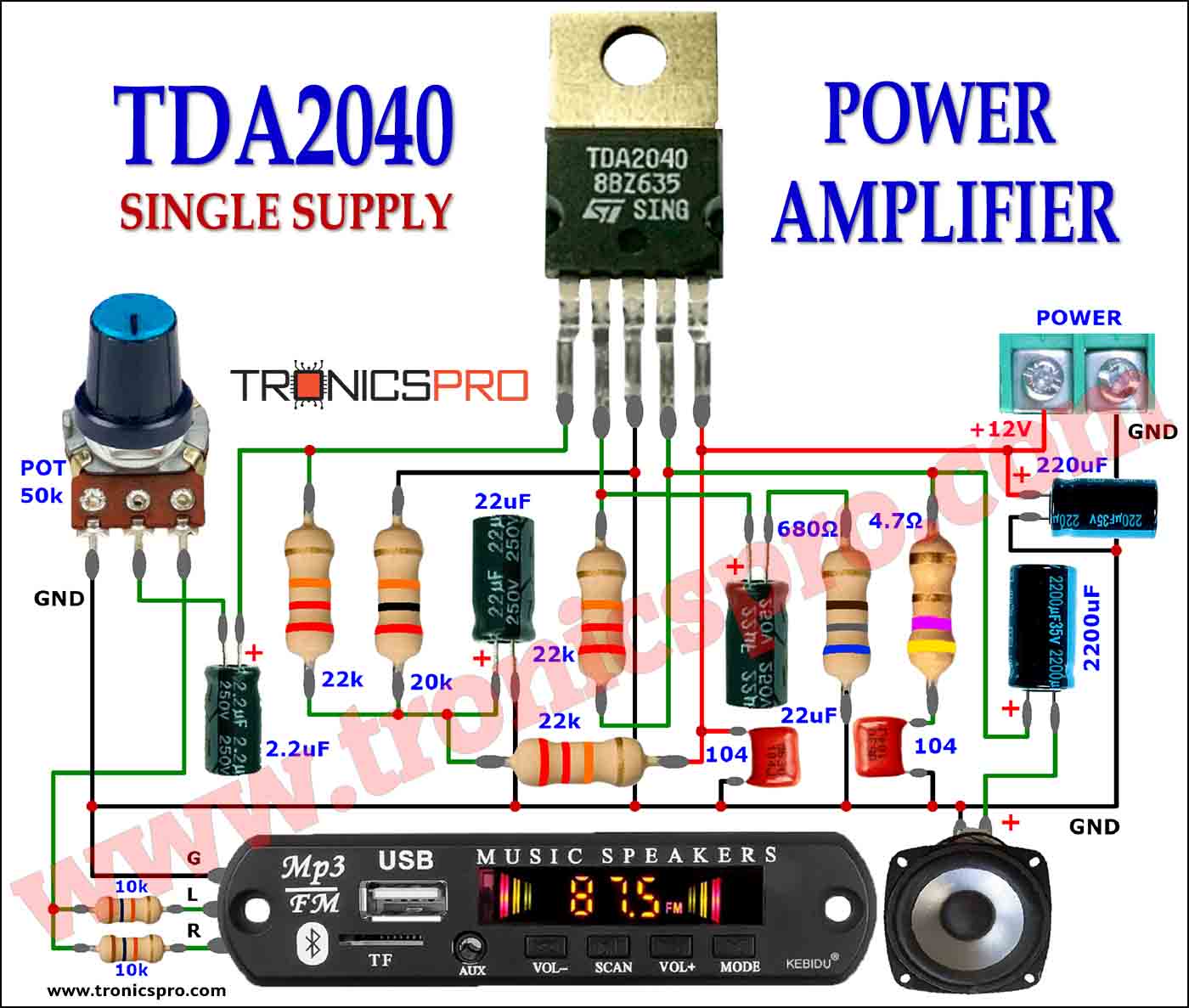
Key Applications of BD436 PNP Transistor
- Push-pull complementary amplifier output stages
- Audio amplifier driver circuits
- High-side switching in power supply and driver circuits
- Power regulation and linear control circuits
- General-purpose PNP roles in medium-power electronics
NPN Complimentary Transistor
- The complementary NPN transistor for BD436 is BD435.
Equivalent Transistors of BD436 PNP Transistor
Possible equivalents or substitutes for BD436 include:
- BD434 (lower-voltage PNP sibling in the same family)
- BD438 (higher-voltage PNP version)
- Other PNP medium-power transistors with similar current and voltage ratings (for example TIP32C, MJE2955)
- PNP power transistors in TO-126 / TO-220 packaging with matching specs
Datasheet of BD436 PNP Transistor
Click the following Button to download the datasheet of BD436 Transistor :
More projects, You may like:
- Video Transmitter DIY Homemade FM Radio Transmitter
- Adjustable Power Supply DIY Battery Charger
- 12V-220V 500 Watt inverter DIY Homemade
- MPPT Solar Charge Controller DIY Homemade
- DIY LA4440 bass amplifier homemade
For more project and circuit diagrams, you can go through the Schematics in the main menu where you can find many interesting projects and circuit diagrams like audio amplifier circuits, voltage booster circuit, battery charger circuit and timer circuits etc., which are all beginner circuit projects. Feel free to check them out!

Thank you for visiting the article


